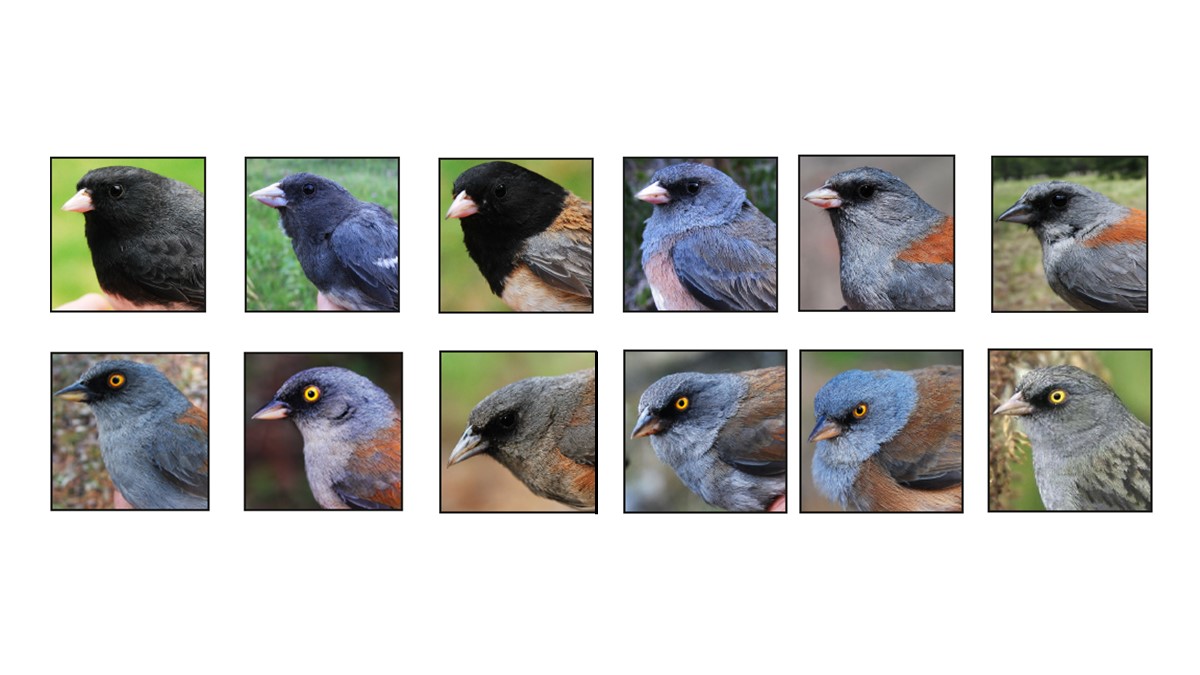SELECTIVE AND HISTORICAL FACTORS IN THE POSTGLACIAL RADIATION OF THE SONGBIRD GENUS Junco: CHANGE IN SEXUAL SIGNALING OUTRUNS MORPHOLOGICAL DIVERGENCE ACROSS AN ECOLOGICAL GRADIENT

CASUAL SEMINAR IN BIODIVERSITY AND EVOLUTION

The relative roles of natural and sexual selection in promoting evolutionary lineage divergence remains controversial and difficult to assess in natural systems. Local adaptation through natural selection is known to play a central role in promoting evolutionary divergence, yet secondary sexual traits can vary widely among species in recent radiations, suggesting that sexual selection may also be important in the early stages of speciation. In this study we compare rates of divergence in ecologically relevant traits (morphology) and sexually selected signaling traits (coloration) relative to neutral structure in genome-wide molecular markers, and examine patterns of variation in sexual dichromatism to explore the roles of natural and sexual selection in the diversification of the songbird genus Junco (Aves: Passerellidae). Juncos include divergent lineages in Central America and several dark-eyed junco (J. hyemalis) lineages that diversified recently as the group recolonized North America following the last glacial maximum (c.a. 18,000 years ago). We found an accelerated rate of divergence in sexually selected characters relative to ecologically relevant traits. Moreover, sexual dichromatism measurements suggested a positive relationship between the degree of color divergence and the strength of sexual selection when controlling for neutral genetic distance. We also found a positive correlation between dichromatism and latitude, which coincides with the geographic axis of decreasing lineage age in juncos but also with a steep ecological gradient. Finally, we found significant associations between genome-wide variants linked to functional genes and proxies of both sexual and natural selection. These results suggest that the joint effects of population history, sexual and ecological selection have played a role in the Junco radiation.
Guillermo Friis is an evolutionary biologist interested in the origin and maintenance of biodiversity, inferring evolutionary mechanisms of diversification and understanding the genomic basis of phenotypic variation. He obtained his doctorate at the National Museum of Natural Sciences and the Autonomous University of Madrid. In his PhD project he applied both genomic and phenotypic data analysis to study neutral and selective mechanisms driving genetic and phenotypic divergence at the early stages of speciation, using the radiation of the songbird genus Junco as a model system. He is now conducting his first postdoc in the Marine Biology Lab of the New York University – Abu Dhabi, where he is applying genomic techniques to study the evolutionary processes leading to the colonization and adaptation of the ecologically relevant gray mangrove species (Avicennia marina) to the extreme environmental conditions of the Arabian Gulf.
[Host: Angeles de Cara, Livestock Genomics and Conservation]
Image credits: Borja Milá & Boris Nikolov